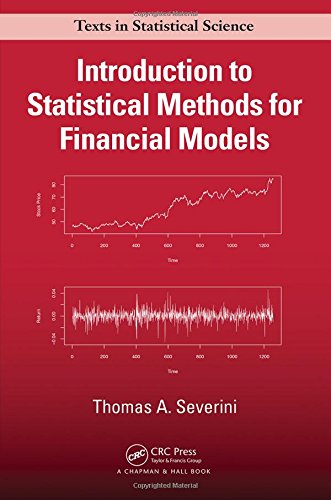

Most ebook files are in PDF format, so you can easily read them using various software such as Foxit Reader or directly on the Google Chrome browser.
Some ebook files are released by publishers in other formats such as .awz, .mobi, .epub, .fb2, etc. You may need to install specific software to read these formats on mobile/PC, such as Calibre.
Please read the tutorial at this link: https://ebookbell.com/faq
We offer FREE conversion to the popular formats you request; however, this may take some time. Therefore, right after payment, please email us, and we will try to provide the service as quickly as possible.
For some exceptional file formats or broken links (if any), please refrain from opening any disputes. Instead, email us first, and we will try to assist within a maximum of 6 hours.
EbookBell Team

4.1
40 reviewsThis book provides an introduction to the use of statistical concepts and methods to model and analyze financial data. The ten chapters of the book fall naturally into three sections. Chapters 1 to 3 cover some basic concepts of finance, focusing on the properties of returns on an asset. Chapters 4 through 6 cover aspects of portfolio theory and the methods of estimation needed to implement that theory. The remainder of the book, Chapters 7 through 10, discusses several models for financial data, along with the implications of those models for portfolio theory and for understanding the properties of return data.
The audience for the book is students majoring in Statistics and Economics as well as in quantitative fields such as Mathematics and Engineering. Readers are assumed to have some background in statistical methods along with courses in multivariate calculus and linear algebra.